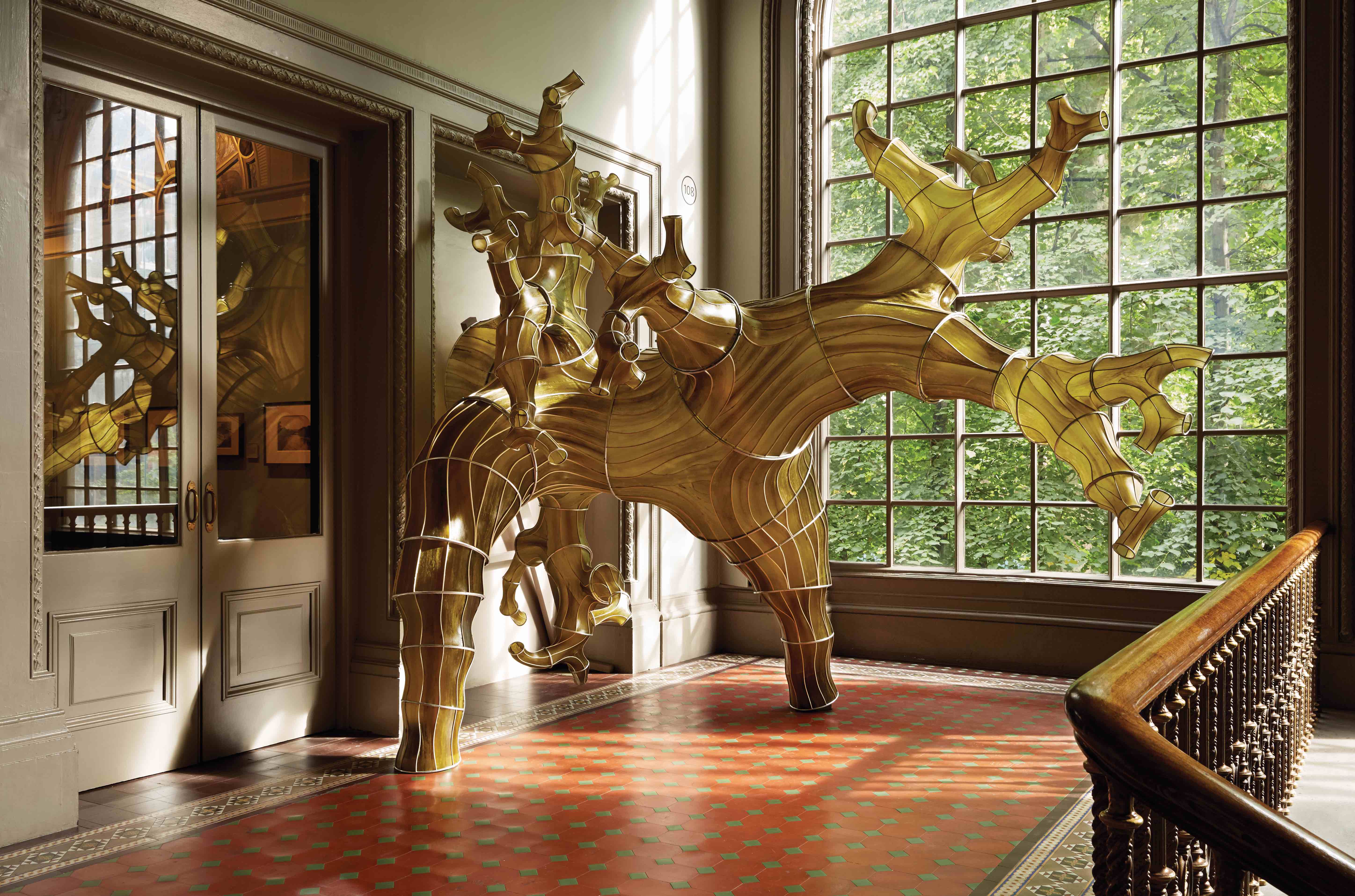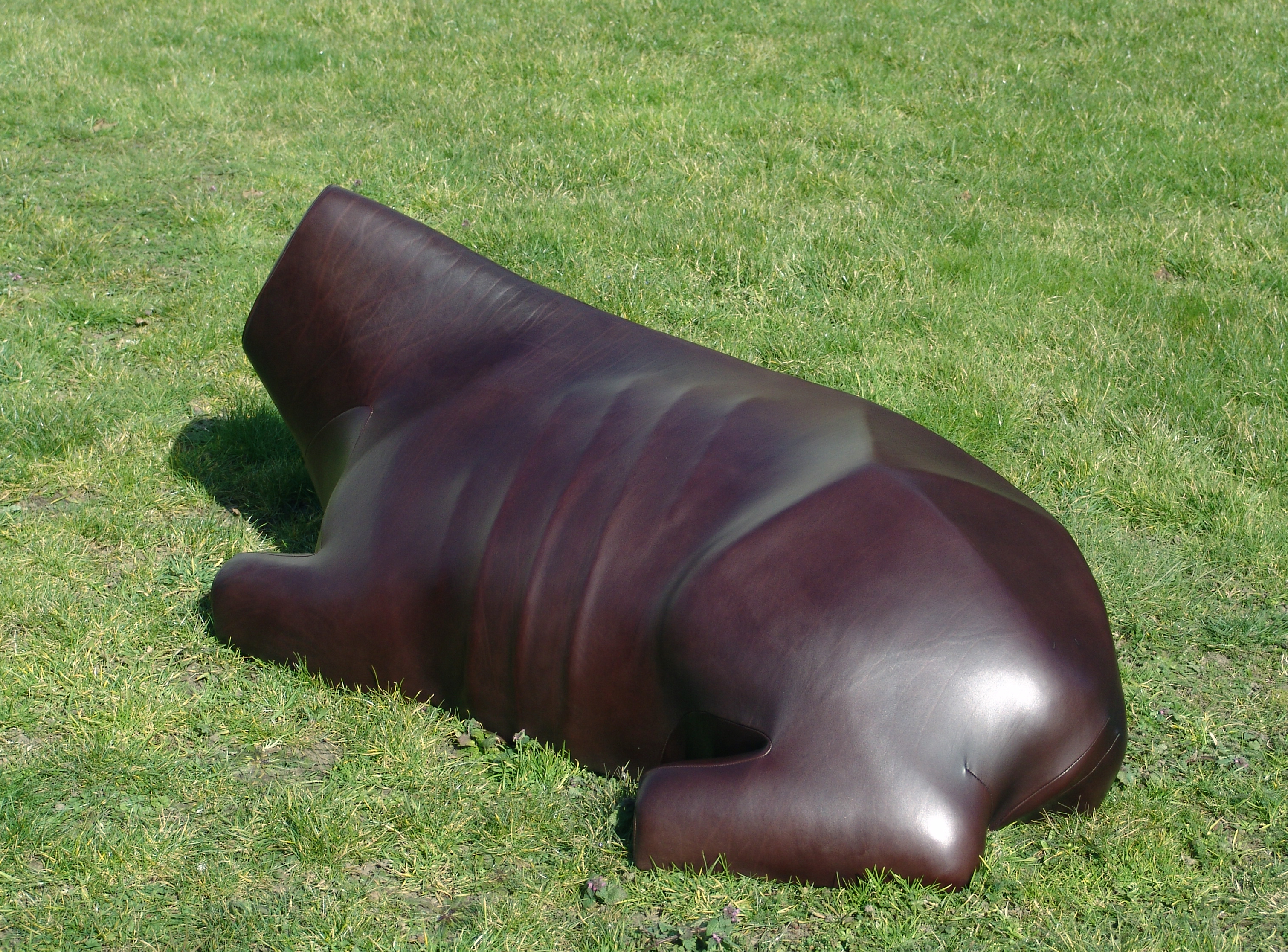Julia Lohmann on kelp (or sea weed)
23.09.20. Internet
Julia Lohmann is a German-born designer who first came to prominence after graduating from the Royal College of Art in 2004 with a chandelier fashioned from 50 preserved sheep stomachs. She followed that up with a stool made by casting the inside of a dead calf and, perhaps most famously, with her Cow Bench – essentially a sculpture of a cow’s body covered, anatomically correctly, with an entire hide. Both beautiful and a bit disturbing, the pieces were created as provocations, to make us consider the provenance of the stuff we wear and sit on everyday.
However, more recently, she has become known for her research into kelp. In 2013, Julia set up the Department of Seaweed during a six-month residency at London’s V&A, which allowed her to start exploring the potential of this extraordinary material and she has been working with it ever since.
In this episode we discuss: how she came across kelp in the first instance; inventing her own form of craft; the future role of museums; the importance of dissonance in her work; doing a guerrilla exhibition at Tate Modern with maggots; and falling out (briefly) with one of the greats of contemporary design.
Julia is currently professor of contemporary design at Aalto University in Finland, and directs her eponymous design practice from Helsinki, so this interview was conducted over the internet.
Find out more about Julia Lohmann

Oki Naganode was first shown at the V&A in 2013. It’s made of seaweed stretched over a cane and aluminium frame. Image: Petr Krejci.

Translucent seaweed collar. Image: Petr Krejci.
 Lasting Void was cast from the internal cavity of a dead calf. It’s made from resin and fibreglass.
Lasting Void was cast from the internal cavity of a dead calf. It’s made from resin and fibreglass.  Lohmann first produced her famous Cow Benches in 2005. They explore the threshold between animal and material. All images courtesy of the designer.
Lohmann first produced her famous Cow Benches in 2005. They explore the threshold between animal and material. All images courtesy of the designer.
